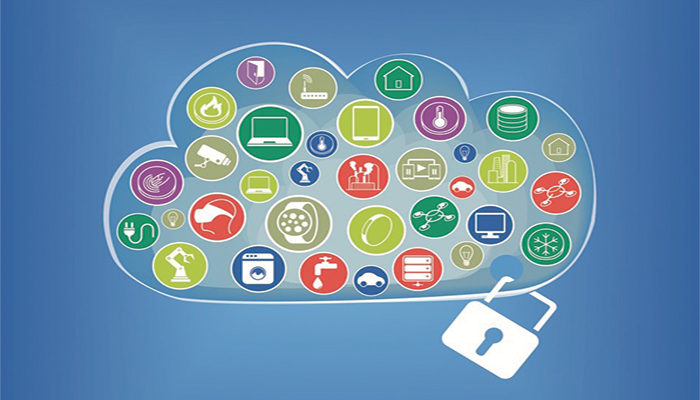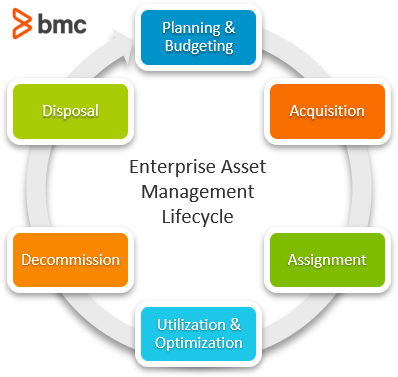How Enterprise Asset Management Works


To determine the value of your organization, you have to start with what you own. Assets are the primary measure of valuing any organization—so you need a comprehensive way to manage them.
This calls for enterprise asset management (EAM). IBM defines EAM as an asset lifecycle management approach that supports asset performance from acquisition to disposal. EAM aims to utilize assets and optimize asset throughout the asset lifecycle by way of policies, processes, and resources that maintain and control operational assets and equipment.
Without such a framework, you’re risking lost assets, cost overruns, inefficient usage, and even security threats.
So, let’s take a look at Enterprise Asset Management. Stick around for the end, where we point you to more resources for asset management.
The ISO 55000 standard for asset management defines an asset as item, thing, or entity that has potential or actual value to an organization. Value is mainly considered from a financial perspective (we can make/save money from it, i.e., ROI). But other non-financial aspects also matter, such as brand, comfort, ease of use, and competitive advantage.
The standard also classifies assets in two main groups:
You might ask yourself, what about people? Don’t we hear a lot of statements like “people are an asset to an organization”?
Well, yes. People have very great value to any company, and without them chances are high of failure and loss. However, the EAM perspective consider does not people in this bracket—instead it focuses on any inanimate objects that can be acquired, used, sold or disposed during the routine business operations.
ISO 55000 defines asset management as the coordinated activity of an organization to realize value from assets. Activity here is used broadly as it can include:
So, asset management isn’t simply just about having an inventory of what you own. A better definition is:
Asset management is a precise science that considers how to effectively track, assess, manage and optimize asset quality and reliability.
The journey of an asset through the EAM lifecycle needs to be managed at every step to ensure that value is gained or retained. Let’s look at the main lifecycle steps described in ITIL® 4:

This involves understanding your enterprise strategy, including which assets are required to achieve your objectives. Planning also involves:
Here, acquisition falls between outright purchase or leasing. Your enterprise’s procurement processes come into play as the asset is delivered to the enterprise and stored securely awaiting deployment. For physical assets, they would be logged in the systems used for tracking and tagged with appropriate identifying labels.
Acquisition contracts will usually define the supplier’s responsibilities including maintenance.
Assignment is triggered by either a request from a user or project-based timelines. Policies on assignment and usage would come into play, with some assignments requiring approval or financial commitment. Records of the assignee would be logged in the tracking systems and fixed asset registers where required.
Here, the asset is put to use to deliver the actual value to meet the strategic objectives. When an asset enters the Utilization phase, you’ll perform regular activities like:
Optimization can include repairs, servicing, and updates to ensure that the assets continue to serve the enterprise for as long as possible.
This involves reversing the assignment of the asset—removing it from use. Triggers for decommissioning can include:
During decommissioning, you’ll perform these activities:
For digital assets, you’ll transfer or archive any information then perform security checks for confirmation.
How you dispose of a decommission asset is generally driven by enterprise policies.
In today’s digital age, manual EAM activities are possible only in small companies and organizations. Middle- and large-sized enterprises require robust solutions that can track thousands, if not millions, of assets—especially in the age of IoT and mobile devices on a global scale.
Which is why P&S Intelligence estimates that the EAM solutions market will witness a robust 17.0% CAGR, increasing from $5.5 billion in 2019 to $25.9 billion by 2030.
Modern EAM solutions are usually cloud based and provide automated capability across the entire lifecycle, enabling your enterprise to:
EAM solutions provide holistic integration across different business areas such as finance, procurement, facilities, health and safety, IT, logistics, and more.
When choosing an EAM solution, make sure to choose one with two key features: